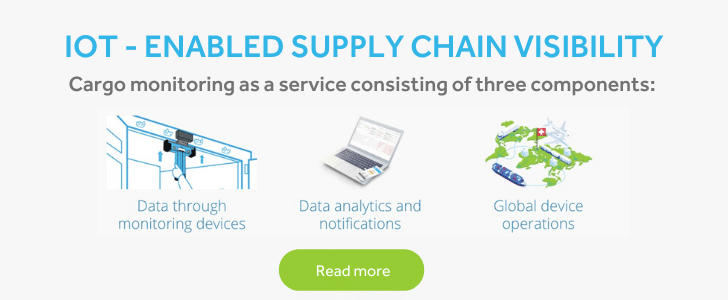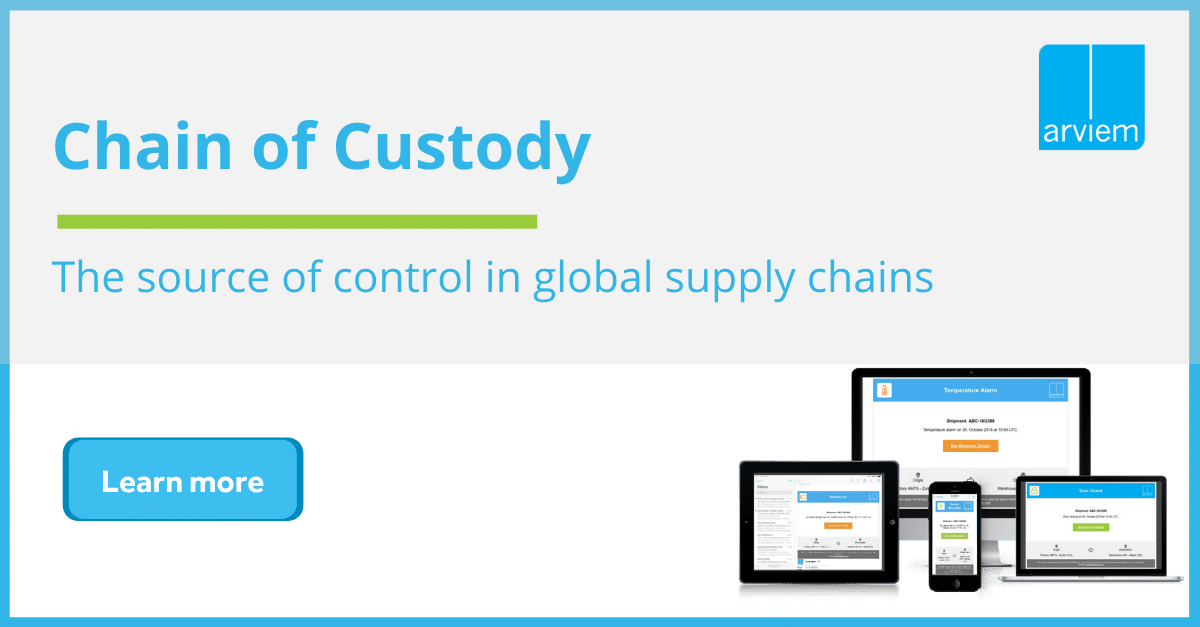The speed and unrelenting nature of the novel coronavirus have caused unprecedented chaos in many areas of our professional and personal lives. The operations of organizations have been disrupted, manufacturing brought to halt and global supply chains left struggling. As we described our previous blog, global supply chains are in a need for a change. Coronavirus would demand a reassessment of our relationship with transport, both as individual consumers and as major corporations. But what will that look like in a post-pandemic world?
Visibility after the coronavirus
The days of quality control stopping as the goods leave the manufacturer could well be over. Customers at all points in the value chain are going to demand a more resilient service. But with so many stakeholders, so many different players in even the shortest of logistics networks, how can cargo owners ensure that quality runs through every aspect of their transportation function?
The answer lies in data-driven transparency.
For some, that may seem like a bit of a contradiction in terms. As data has exploded, the last thing it has given many businesses is a clear view of their organization. Yet when applied in the right manner, with the correct tools and expertise, data can shine a light on what’s happening across all parts of a complex operation or network.
But what is the right manner? It’s getting data in real-time and having the ability to not only read it but learn from it and apply its insights, aligned with experience. Then it needs to be coupled with an analytics platform that can make sense of the inputs and turn it into actionable insights. It is only through this that businesses will be able to track cargo, identify issues and make decisions using trusted information, rather than with wild guesses.
Building more resilient supply chains
Suddenly, logistics and transportation move from only a cost to a value-add. Why? Because cargo owners are armed with evidence to make decisions not just on their transportation, but across their entire business. For example, a national retailer may want to increase its range of garden furniture as the weather warms up. Yet political unrest or a natural disaster in one of their sourcing locations threatens to hamper production. Armed with this data in real-time, the retailer can make the necessary decisions to support local manufacturers while diverting production and transportation to another source. In doing so, they can secure their shipments with minimal disruption.
Alternatively, the weather may be unseasonably poor in one part of the country. Using its insights, the retailer can reroute shipments of the outdoor furniture to other locations where the weather remains warm, increasing sales opportunities and ensuring stock doesn’t sit idle in the wrong branches.
It’s a lot of moving parts, but the right data, and the ability to use it effectively, reduce the complexity.
In other words, it’s a way to build resilient supply chains that suit companies and their operations, and not just because it’s the cheapest way to get cargo from A to B. To enable it, however, cargo owners need to operate, adjust and deploy their supply chains in an agile, data-driven and transparent manner.
How Arviem can help
The lack of transparency in supply chains, coupled with the need to keep costs as low as possible, has led to a situation where cargo owners lack both the resilience and the visibility to adjust their logistics networks when disruption occurs.
At Arviem, we work with global businesses to generate that visibility and support mitigating risk, thanks to our IoT enabled sensors, our cloud-based analytics platform, and global operations. Supply chain visibility as a service delivers real-time data and analytics, building the visibility cargo owners are looking for while they are making decisions to fortify their supply chains and make the right decisions for their businesses.




